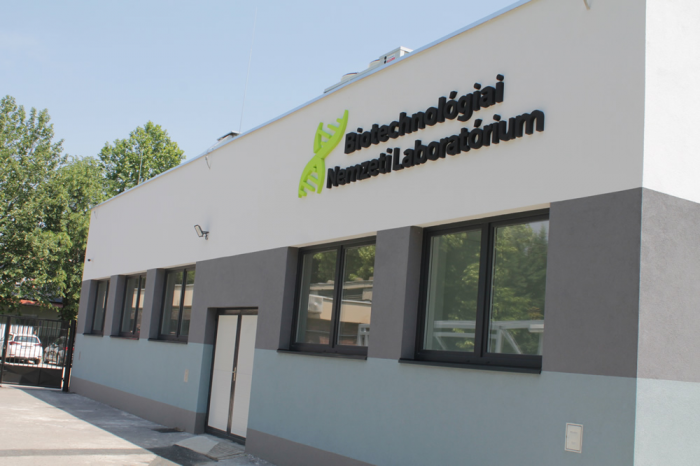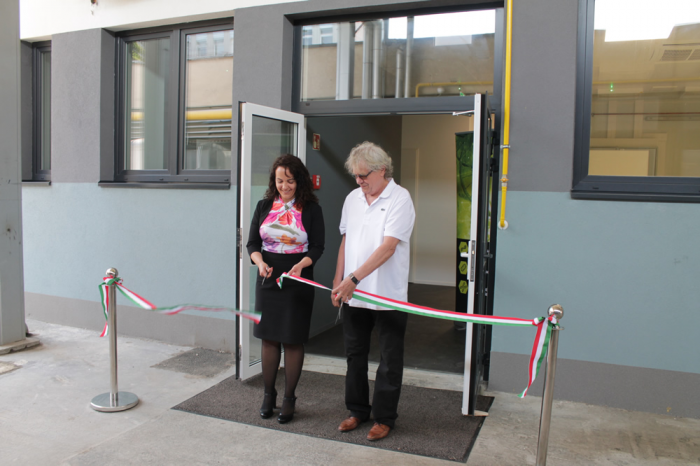Katalin Sebők, Vice President of the National Research, Development and Innovation Office, said that the setting up of 18 national laboratories has been launched in four areas: industry and digitalisation, culture and family, health, and safe society and environment. What the laboratories have in common is that they concentrate significant expertise through broad collaboration and their work seeks to address global challenges facing society. Some HUF 150 billion over several years will be used to finance the setting up and operation of the laboratories, she said.
Ferenc Nagy, Director General of the SZBK, said that HUF 800 million were spent on the construction of the laboratory building of advanced safety level and on the purchase of equipment. The new building, the first BSL-3 classified laboratory in Szeged, will be used to carry out tests that cannot be carried out in the main building of the research centre for safety reasons.
The National Biotechnology Laboratory has three main research lines. One of these is the development of new antibiotics and bacteriophage-based therapies to combat drug-resistant bacteria. Bacteriophages are viruses that can infect bacteria. In the laboratory, experts are looking for those capable of killing antibiotic-resistant strains isolated in hospitals, the researcher said.
The new laboratory, which will be operational from 1 August, will be the first in Hungary to be able to carry out the entire process of mRNA-based vaccine production, from the synthesis of modified RNA to its packaging in lipid bilayers. Researchers at the SZBK have already developed a vaccine candidate for immunisation against African swine fever. This will be tested and any necessary modifications will be made here, the Director General said.
The third sub-programme of the National Biotechnology Laboratory’s research aims to discover the genetic causes of rare diseases and develop therapeutic solutions by developing new animal models. However, the research using fruit flies (Drosophila melanogaster) is not being carried out in the new laboratory building, said Ferenc Nagy.


Source: MTI






